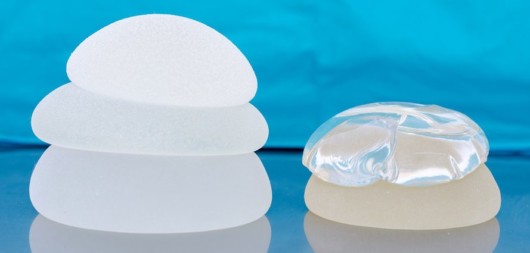Breast augmentation, also known as augmentation mammoplasty, is a surgical procedure that enlarges the size, shape, or fullness of the breasts.
Breast augmentation is a way for some women to feel more confident. For some, it’s a necessary part of breast reconstruction due to a variety of conditions. Breast augmentation may be performed at a surgical center or as an outpatient procedure at a hospital. You’ll most likely return home the same day. The procedure rarely requires a stay in the hospital.

Breast augmentation is also performed under local anesthesia. You’re awake, and the area around your breasts is numb. Breast augmentation is often performed under general anesthesia, which means you’ll remain sleepy during the procedure. Your plastic surgeon can go over the various anesthesia options, with you.
If you’re contemplating breast augmentation, consult with a plastic surgeon. Make sure you learn everything about the surgery, including the risks, complications, and aftercare.
How Is Breast Augmentation Procedure Done?
When you choose to have breast augmentation surgery, it will almost certainly be done in an outpatient surgical center or comparable facility. People are usually permitted to return home the same day as the procedure.
The surgery will almost certainly be done under general anesthesia, which means you will not feel any discomfort. In the 24 hours leading up to your treatment, follow your surgeon’s recommendations for preparation.
Your surgeon can use one of three kinds of incisions to place your breast implants:
- Inframammary (beneath your breast)
- Axillary (in the underarm)
- Periareolar (in the tissue surrounding your nipples)
The surgeon will then separate the tissue of your breast from the muscles and tissue of your chest to produce a pocket.
Your implants will be centered on your breasts and put within these pockets.If you choose saline implants, your surgeon can fill them with sterile saline solution after the shell is successfully positioned. If you prefer silicone, the implants will already be filled.
After the surgeon has successfully placed your implants, they will stitch up your incisions and secure them with surgical tape and surgical glue. After the anesthesia wears off, you’ll be tracked in recovery and then released to go home.
Cost of Breast Augmentation Surgery
A breast augmentation procedure costs at least $3,790.00. The implants themselves, facility fees, anesthesia costs, and other expenses such as fabrics, medications, and lab work are not included in the costs.
- The procedure is considered an elective cosmetic procedure, so, it is not insured.
- Insurance may not cover the costs of any complications that arise as a result of the procedure
What Are the Risks
Breast augmentation poses various risks, including:
- Scar tissue that distorts the breast implant’s shape (capsular contracture)
- Breast pain
- Infection
- Changes in breast and nipple sensation
- Changes in implant position
- Implant rupture or leakage
Types of Breast Implants

A breast implant is a medical device that is surgically implanted into the breast to augment, recreate, or develop the physical form of the breast.
There are two main types of breast implants:
Saline Implants
Saline implants are filled with a sterile saline solution, which is like saltwater. The solution is contained inside a silicone elastomer shell. Different quantities of saline solution should be used to fill these implants. This has an impact on the breast’s feel, firmness, and shape.
If a saline implant leaks, the solution will be naturally absorbed and ejected.
Silicone Gel-Filled Implants
Silicone gel-filled contains a silicone outer shell filled with a silicone gel. When a silicone-filled implant leak, the gel either stays in the shell or leaks into the breast implant pocket. A silicone-filled implant that is leaking may or may not collapse.
Patients who choose this type of implant should see their doctor more often than those who choose saline solution implants. The condition of the implants can be assessed using an MRI or ultrasound scan.



